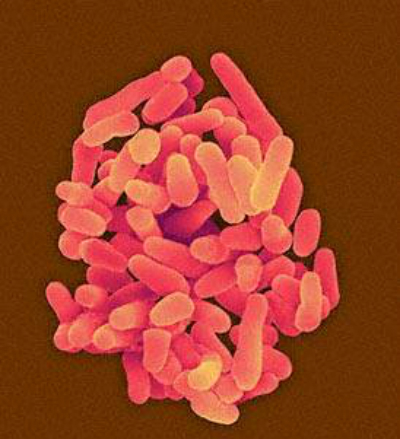
Due to variations in genes, anatomy, and hormone levels, some diseases conflict women some-more mostly than men, and vice-versa. However, meditative of diseases that women are some-more disposed to as “women’s diseases” can leave group exposed to critical health problems.
Here are 7 supposed “women’s diseases” that can also strike men. If we knowledge symptoms, don’t let your gender stop we from removing treatment.
1. Osteoporosis
Osteoporosis reduces a firmness of bone, creation it some-more exposed to fractures. One in 3 women are during risk, though so are one in 5 men. Women knowledge fast bone detriment following menopause, though by 65 to 70 years old, group remove bone mass during about a same rate.
Kidney and thyroid problems, vitamin D deficiency, and lengthened bearing to steroids, cancer therapies, and anti-convulsants put we some-more during risk. You might not have symptoms, so ask your alloy for a bone firmness test.
2. Breast Cancer
Women get breast cancer some-more mostly than group since they have some-more breast tissue. Although usually about one percent of all breast cancers impact men, investigate shows that occurrence is on a rise. Men frequency mind a warning signs, so a cancer is authorised to develop. Therefore, group typically don’t tarry as prolonged as women once a diagnosis is finally made.
If you’re over 50, of African-American descent, or obese, you’re some-more during risk. Watch for any surprising lumps or skin abnormalities in a chest.
3. Thyroid Problems
The thyroid is a tiny gland that rests in a center of a reduce neck, where it produces hormones to control metabolism. If it produces too much, hyperthyroidism results. Symptoms include:
- fatigue
- weight gain
- forgetfulness
- dry, counterfeit skin and hair
If a thyroid doesn’t furnish adequate hormones, hypothyroidism results. Symptoms include:
- irritability
- muscle weakness
- sleep disturbances
Women are 5 to 8 times some-more expected to have some form of thyroid illness than men, though group can still be affected.
4. Eating Disorders
As some-more group feel a vigour to be skinny and demeanour good, some-more are descending plant to eating disorders. Only 10 to 15 percent of people with anorexia or bulimia are male, though a effects can be equally devastating. Men also are reduction expected to find treatment, withdrawal them some-more during risk for complications such as:
- heart problems
- bone loss
- organ failure
- death
Athletes, portly boys, group with gender issues, and those who are concerned or have captious personalities are some-more during risk.
5. Bladder Infections
Bladder infections are most some-more common in women, though group can get them, too— quite group with an lengthened prostate, kidney stones, or an aberrant squeezing of a urethra. Treatment involves antibiotics and is typically really effective, though group need to be wakeful of a symptoms.
They include:
- frequent urination
- cloudy urine or bloody urine
- a clever titillate to urinate
- a blazing or rawness prodigy during urination
- low-grade fever
6. Depression
Women are dual times some-more expected than group to be diagnosed with depression, though that might be since their symptoms are different. Women might feel unhappy and cry some-more often, since group are some-more expected to uncover anger, irritation, frustration, and discouragement.
Men might spin to drugs or alcohol, or rivet in unsure behavior. They are also some-more expected to finish self-murder if they try it. Because of these differences, many group go undiagnosed. Without treatment, basin is expected to worsen.
7. Lupus
About 90 percent of those diagnosed with lupus are women, though this autoimmune commotion can also strike men. Symptoms include:
- joint flourishing and pain
- muscle weakness
- extreme fatigue
- unexplained fever
- hair loss
- leg swelling
- eye puffiness
- mouth sores
- swollen glands
- butterfly-shaped red unreasonable opposite a overpass of a nose and cheeks
The illness is treated likewise in both genders. Your alloy might disremember it since it is singular in men. If we have symptoms, ask for testing.
Always Check with Your Doctor
Studies uncover that group are reduction expected than women to demeanour after their health. They’re 25 percent reduction expected to have visited their alloy in a past year, and roughly 40 percent some-more expected to have skipped endorsed health screenings. They’re also 1.5 times some-more expected to die from heart disease, cancer, and respiratory diseases, and they die an normal of 5 years progressing than women.
If you’re not feeling right, check with your doctor. By removing a treatments we need, we can kick a odds.
Source: Health Medcine Network











